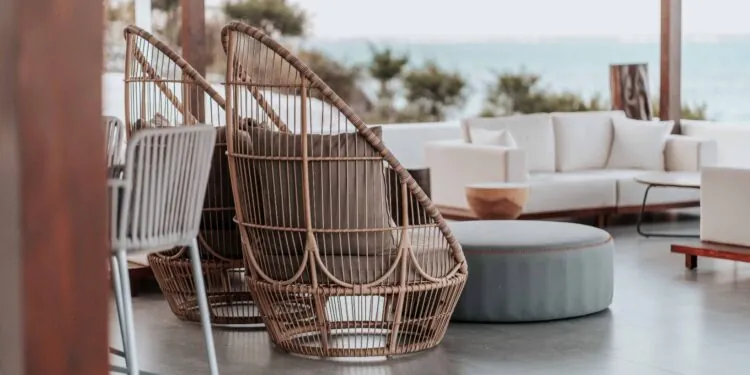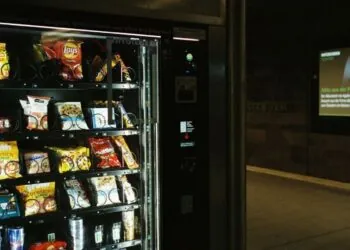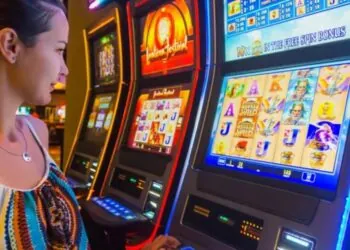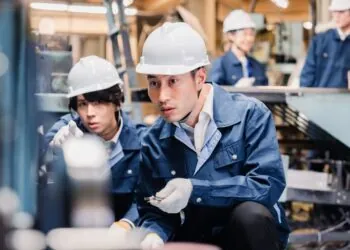Modern restaurant design no longer depends solely on intuition or taste. Data has quietly taken its seat at the table. From the way customers move through dining spaces to how long they linger in certain chairs, analytics now shape every design decision. Today, commercial-grade restaurant furniture is no longer chosen just for its look, but for how it performs.
This union of data and design reflects a shift in hospitality thinking. Every piece of furniture, from restaurant tables to booths and bar stools, generates insight about comfort, efficiency, and revenue. Smart restaurateurs use this information to refine guest experience, increase turnover without rushing customers, and even predict what layouts will work best before a single chair is placed.
Tracking Movement and Behavior
With technology, we can now see dining areas from a whole new angle. Sensors, cameras, and computerized heat maps show where guests like to sit, how they move, and where they tend to cluster. These insights help designers make the most of the number of seats and the flow of people.
For example, if analytics show that guests often prefer corner booths, a restaurant can change the floor plan to add more of them. Data also shows which areas aren’t working well, which helps owners figure out whether they need to move furniture or change the lighting to improve flow.
The design of furniture itself also benefits. Certain seat angles or table heights on chairs may make people stay longer or spend more on average. Data gives you proof, which changes what was once speculation into a plan that can be measured.
The Science of Comfort and Stay Time
One of the strongest links in hospitality analytics is between comfort and how long someone stays. Too much comfort, and the tables don’t turn over as quickly. If you don’t give them enough, they’ll leave early. Data determines the sweet spot. Keeping track of the average length of visits, meal phases, and even posture.
Restaurants employ data from surveys, sensors, and heat detection systems to see how people interact with their surroundings. For example, restaurant seats that are comfortable but supportive can make people stay longer, which can lead to dessert or a second drink without making the next seating late.
The materials also matter. Soft furniture may make people want to linger longer in informal lounges, whereas hard wooden seating is appropriate for quick-service areas. Designers and managers can pick furniture that fits with their business goals by looking at how long guests sit and how much they spend.
Material Performance and Maintenance Insights
Data also influences what materials are chosen for restaurant furniture. Durability analytics track how different materials age under daily use, humidity, and cleaning routines. Restaurants that collect this information can predict replacement cycles and manage maintenance budgets more efficiently.
For example, synthetic leathers may score higher in resilience in high-traffic areas, while hardwoods perform best in environments with controlled climate. Many operators now use predictive models that estimate lifespan based on wear frequency, cleaning chemicals, and even chair movement captured through IoT sensors.
This analytical approach saves costs, reduces waste, and supports sustainability by helping businesses invest in materials that last longer and perform better.
Layout Optimization Through Data Visualization
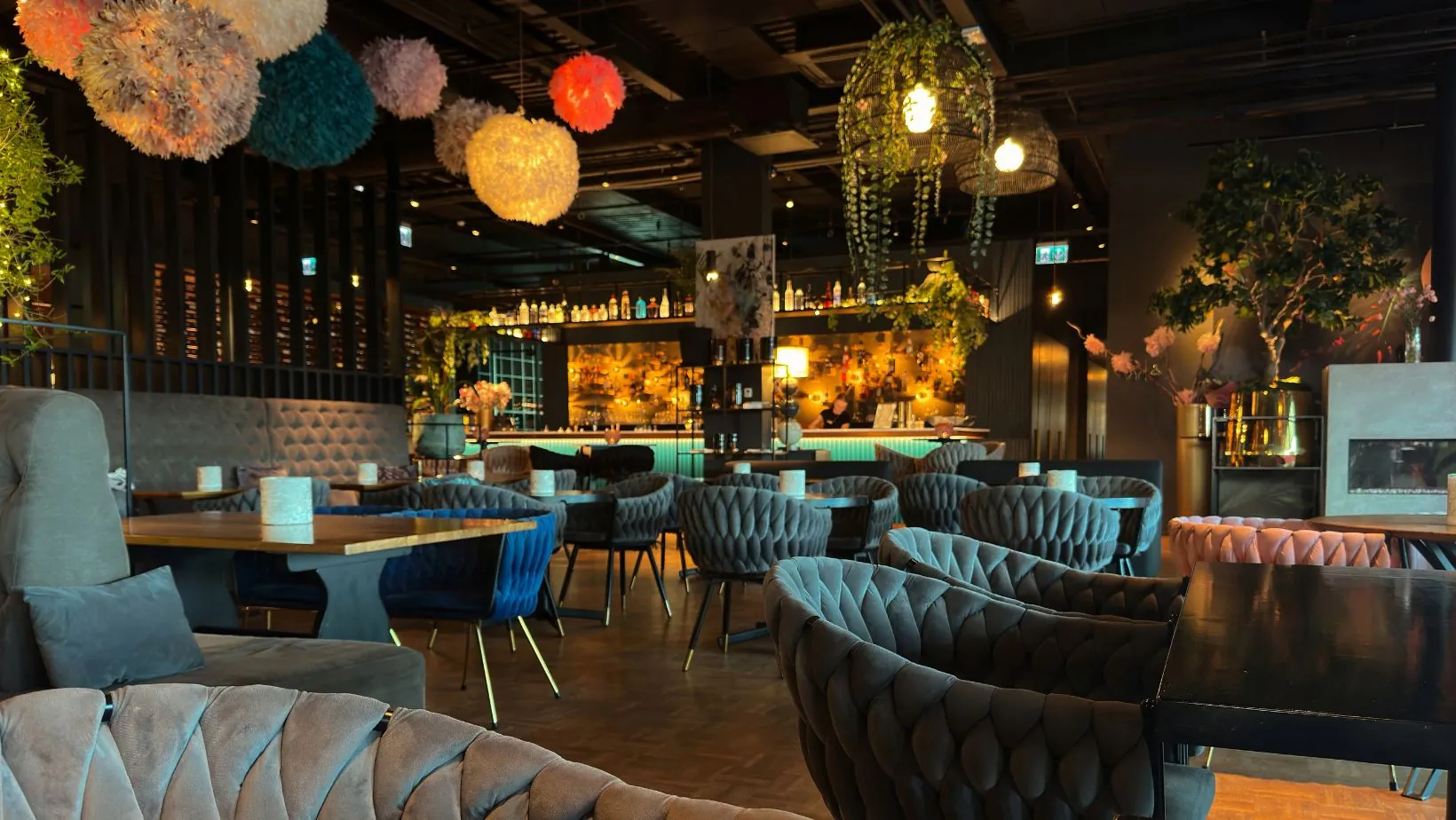
Floor plans are no longer just drawings; they are live systems that are transformed by data. Software that keeps track of table turnover and occupancy shows which table arrangements make the most money. Some restaurants even do A/B layout studies, where they compare two seating designs over a few weeks to evaluate whether one makes more money or makes guests happier.
Designers use heat maps and 3D simulations to see how these results will look. The statistics could demonstrate that making tables smaller boosts capacity without making people less comfortable, or that some restaurant bar stools work better near open kitchens, where people are more social.
This technique makes sure that every square foot is used on purpose, so that guests have a good time and operations run smoothly.
Predicting Trends and Guest Preferences
Analytics go beyond present data. They forecast future design trends. Social media sentiment, online reviews, and even image recognition tools can reveal what styles guests find most appealing. When guests consistently describe a restaurant as “cozy,” “modern,” or “inviting,” designers analyze those keywords to understand what design elements produce those feelings.
For instance, an increase in mentions of “natural textures” or “wood tones” might indicate a rising preference for organic furniture design. Likewise, booking data might show a higher return rate for spaces with mixed seating arrangements, prompting owners to integrate booths, bar stools, and communal tables for flexibility.
This feedback loop between customer behavior and design choice ensures that interiors evolve with audience expectations rather than trend cycles alone.
Merging Technology with Tradition
While analytics bring precision, they don’t replace creativity. The heart of hospitality design still lies in emotion, craftsmanship, and storytelling. What data offers is a framework, guidance that helps designers balance art and logic.
A restaurant may use data to determine ideal seating heights, yet still rely on texture, light, and proportion to create warmth. This partnership of science and artistry results in spaces that not only function efficiently but also feel naturally human.
When designers interpret analytics with empathy, furniture choices become more than statistics; they become instruments of connection.
The Measured Art of Hospitality
Data is now the quiet designer behind every chair, table, and booth in the restaurant business. It affects how people move, where they stay, and how they feel in a space. But the best hospitality is when logic and passion are in balance. Design is what makes people feel at home, not numbers.
Analytics help owners and designers make better choices, but the warmth of hospitality still comes from people. When the correct data meets creative thinking, furniture becomes more than just a functional decision. It becomes a part of the meal itself.
A chair picked with care is one that is good for both the guest and the business. It was made not just to look good, but also to serve a purpose, be comfortable, and make you feel something. The tables that get the most people to interact, the booths that draw people together, and the bar stools that keep the conversation going. All of them tell a tale through statistics and design.
The true art of hospitality is using data to strengthen connections instead of replacing them. When data-informed design with empathy, every seat feels like it was made for you. Every area feels alive. And in that balance between facts and ideas, restaurants give every guest what they really want: a location that feels both efficient and personable.

